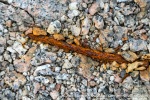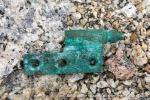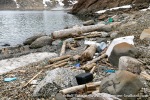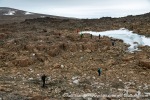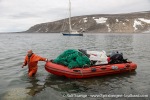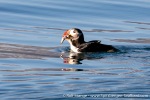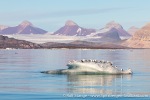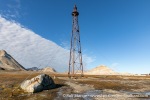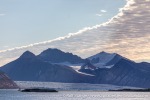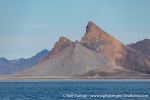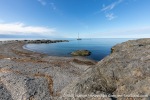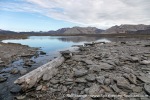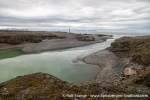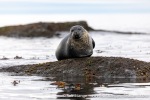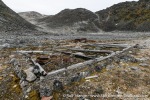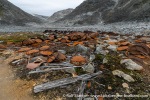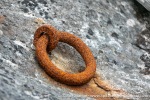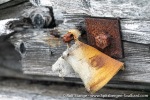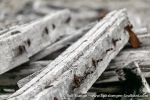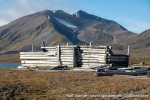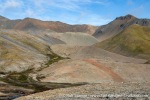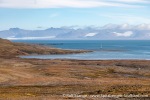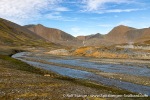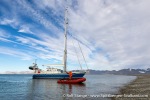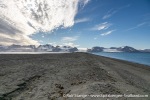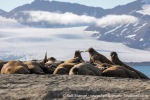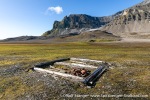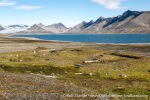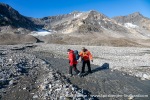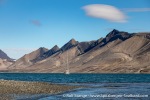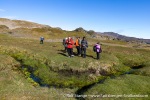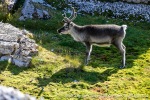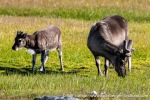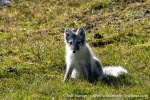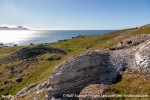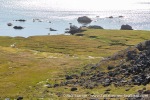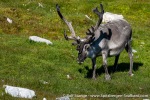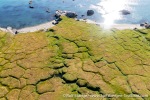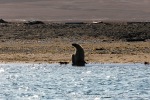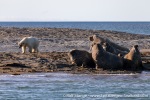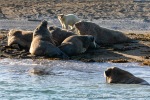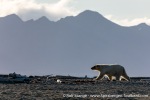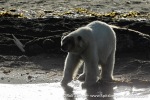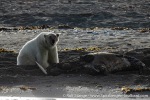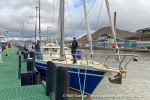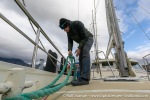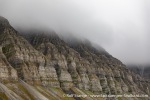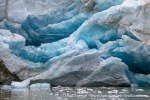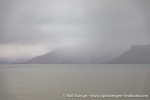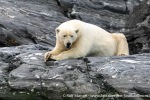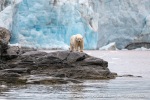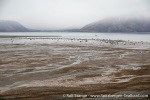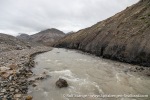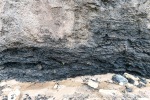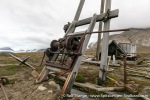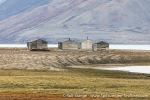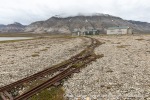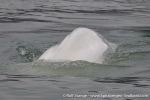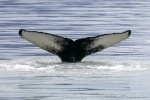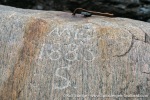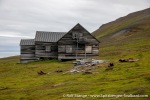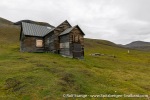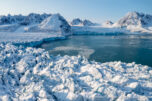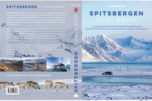-
current
recommendations- Liefdefjord
New page dedicated to one of Spitsbergen's most beautiful fjords. Background information and many photos.
- New Spitsbergen guidebook
The new edition of my Spitsbergen guidebook is out and available now!
- Liefdefjord
New page dedicated to one of Spitsbergen's most beautiful fjords. Background information and many photos.
Page Structure
-
Spitsbergen-News
- Select Month
- June 2025
- May 2025
- April 2025
- March 2025
- February 2025
- January 2025
- December 2024
- November 2024
- October 2024
- September 2024
- August 2024
- July 2024
- June 2024
- May 2024
- April 2024
- March 2024
- February 2024
- January 2024
- December 2023
- November 2023
- October 2023
- September 2023
- August 2023
- July 2023
- June 2023
- May 2023
- April 2023
- March 2023
- February 2023
- January 2023
- December 2022
- November 2022
- October 2022
- September 2022
- August 2022
- July 2022
- June 2022
- May 2022
- April 2022
- March 2022
- February 2022
- January 2022
- December 2021
- November 2021
- October 2021
- September 2021
- August 2021
- July 2021
- June 2021
- May 2021
- April 2021
- March 2021
- February 2021
- January 2021
- December 2020
- November 2020
- October 2020
- September 2020
- August 2020
- July 2020
- June 2020
- May 2020
- April 2020
- March 2020
- February 2020
- January 2020
- December 2019
- November 2019
- October 2019
- September 2019
- August 2019
- July 2019
- June 2019
- May 2019
- April 2019
- March 2019
- February 2019
- January 2019
- December 2018
- November 2018
- October 2018
- September 2018
- August 2018
- July 2018
- June 2018
- May 2018
- April 2018
- March 2018
- February 2018
- January 2018
- December 2017
- November 2017
- October 2017
- September 2017
- August 2017
- July 2017
- June 2017
- May 2017
- April 2017
- March 2017
- February 2017
- January 2017
- December 2016
- November 2016
- October 2016
- September 2016
- August 2016
- July 2016
- June 2016
- May 2016
- April 2016
- March 2016
- February 2016
- January 2016
- December 2015
- November 2015
- October 2015
- September 2015
- August 2015
- July 2015
- June 2015
- May 2015
- April 2015
- March 2015
- February 2015
- January 2015
- December 2014
- November 2014
- October 2014
- September 2014
- August 2014
- July 2014
- June 2014
- May 2014
- April 2014
- March 2014
- February 2014
- January 2014
- December 2013
- November 2013
- October 2013
- September 2013
- August 2013
- July 2013
- June 2013
- May 2013
- April 2013
- March 2013
- February 2013
- January 2013
- December 2012
- November 2012
- October 2012
- September 2012
- August 2012
- July 2012
- June 2012
- May 2012
- April 2012
- March 2012
- February 2012
- January 2012
- December 2011
- November 2011
- October 2011
- September 2011
- August 2011
- May 2011
- April 2011
- March 2011
- February 2011
- January 2011
- December 2010
- November 2010
- September 2010
- August 2010
- July 2010
- June 2010
- May 2010
- April 2010
- March 2010
- February 2010
- November 2009
- October 2009
- August 2009
- July 2009
- June 2009
- May 2009
- April 2009
- March 2009
- February 2009
- January 2009
- December 2008
- November 2008
- October 2008
- August 2008
- July 2008
- June 2008
- May 2008
- April 2008
- March 2008
- February 2008
- April 2000
- Select Month
-
weather information
-
Newsletter

| Guidebook: Spitsbergen-Svalbard |
Home
→ August, 2023
Monthly Archives: August 2023 − News & Stories
From Kapp Rubin to Ekstremfjord
Sat
12 Aug
2023
During the night we steamed to the northeast. At some stage we just have to do some miles. Big thanks to all who helped to keep the ship on course during the nightly shifts!
In the late morning, we started the day’s adventures at Kapp Rubin, a rocky headland on the north coast of Nordaustland. Looking for the traces of a tragic wintering in 1908-09 (we found some, including a grave and some small bits and pieces) and of Theodor Lerner’s expedition in 1913 (we didn’t find any). Lerner lost his ship and had to spend some time at Kapp Rubin, waiting for help.
Later, we explored Ekstremfjord. Strange name, there is no explanation for it. Probably after a ship. Anyway, the name is appropriate, for example regarding the extreme amounts of plastic litter on the shores (a good bit less when we left) and extremely rocky. And extremely beautiful views over an extremely barren, beautiful landscape.
Photo gallery – Nordenskiöldbukta: From Kapp Rubin to Ekstremfjord
- gallery anchor link: #gallery_2777
Click on thumbnail to open an enlarged version of the specific photo.
From Ny-Ålesund to Virgohamna
Thu
10 Aug
2023
What a day! Within 24 hours, we had spent a night plus some quality time in Ny-Ålesund and then went as far as Virgohamna, but not without a lovely landing at Diesetsletta on the open west coast, as we had the best of conditions, so we just had to jump at that rare opportunity 🙂 we rounded the day off in Virgohamna, exploring the traces of the expeditions of Andrée and Wellman.
Photo gallery – Ny-Ålesund – Diesetsletta – Virgohamna
- gallery anchor link: #gallery_2774
Click on thumbnail to open an enlarged version of the specific photo.
In Forlandsund
Wed
9 Aug
2023
It is wonderful to wake up on a small boat at anchor in a silent bay, with beautiful landscape in the sun all around. Of course that is just asking for a good hike. And so we did. Splendid! Wonderful views over central parts of Prins Karls Forland.
After our first, “failed” 😉 attempt yesterday to see walruses in Poolepynten, we made a new attempt today further north at Sarstangen. Today, we were not disappointed! (And of course, we were not disappointed yesterday either … just kidding …).
Photo gallery – Prins Karls Forland & Sarstangen
- gallery anchor link: #gallery_2771
Click on thumbnail to open an enlarged version of the specific photo.
In Trygghamna and to Prins Karls Forland
Tue
8 Aug
2023
A silent night at anchor is one of the best things I know 🙂 and it is even better when the sun is out next morning.
The green tundra around Alkhornet is a perl of arctic nature. Many reindeer, polar foxes and mighty ice wedges. And a very busy birdcliff providing the appropriate noise.
Photo gallery – Trygghamna & Alkhornet
- gallery anchor link: #gallery_2765
Click on thumbnail to open an enlarged version of the specific photo.
Then we continued into Forlandsund, with a lot of sun and a bit of wind. The idea was to visit some walruses there, but that didn’t quite work out as planned. The place was already quite busy …
Photo gallery – Forlandsund
- gallery anchor link: #gallery_2768
Click on thumbnail to open an enlarged version of the specific photo.
With Arctica II in Billefjord
Mon
7 Aug
2023
Yesterday we started in Longyearbyen with Arctica II. And now we have just about 30 hours behind us, but it feels already like 3 days.
After a look at the weather forecast my expectations regarding this first had been slightly limited, but as it turned out it was a good decision to stay in Billefjord. After a visit to the mighty Nordenskiöldbreen – still an impressive glacier, despite of its dramatic retreat – we found our first polar bear just after the first breakfast on board. And what a beautiful sighting it was!
The first hike took us up a moraine and then along a river where we found coal from the Carboniferous (near 300 million years old). Much older than the stuff in Longyearbyen, Barentsburg and so on. We finished the hike in the old coal prospecting “settlement” (well, four huts) Brucebyen.
Sailing out of Billefjorden took quite some time. Too many whales 🙂
We finished this first day – as far as activities outside were concerned – at Svenskehuset. An amazing place with some rather dramatic history.
Gallery – In Billefjord
- gallery anchor link: #gallery_2762
Click on thumbnail to open an enlarged version of the specific photo.
Polar bear shot in Krossfjord
A polar bear was shot on Friday (05 August) evening in Krossfjord, while it tried to get into a hut where there were several persons insisde. It is said that the group tried to scare the polar bear away without success.
The incident is now under investigations. Further details have not yet been released at the time of writing.

Polar bear in Krossfjord (archive image).
July temperatures in Spitsbergen warmer than “arctic”
There are several definitions for the Arctic, depending on context. When it is a bout climate, then the southern boundary is usually the 10 degree july isotherm. Sounds technical? Maybe. But it makes sense: when the average temperature of the warmest month – July – is warmer than 10 degrees, then there will be shrubs or even trees. More than tundra, which is the typical vegetation for the ice-free land areas of the Arctic.
There are no shrubs or even trees in Spitsbergen (don’t get fooled with the polar willow and the dwarf birch, they are not really trees), but for the first time in history, local meteorological stations have now in July recorded a mean temperature that doesn’t really qualify as „high arctic“ anymore. 10.1 degrees centigrade were measured at the airport and 10 degrees in Pyramiden. At the airport, the monthly average in July was as much as 3.1 degrees above the long-term average, according to the Norwegian Polar Institute as quoted by Barentsobserver.

In July, tourists and locals could enjoy real summer weather in Spitsbergen, with temperatures far beyond expectation. For the regional climate, this is not good news, however: warming is continuing rapidly, with temperature records being broken on a regular basis.
It will not happen really soon that you can make a walk in the forest in Spitsbergen, but the warming trend as such is clear: during the meteorological period from 1991-2020, the average temperature for the summer months from June to August was, at the airport, 5.5°C, but looking just at the last decade gives a value of 6.4 degrees, according to the Norwegian Polar Institute. Warming is faster in the Arctic than almost anywhere else on the planet, due to regional effects such as the loss of sea ice.
This leads to worrying effects that may well even further amplify the warming process: scientists have recently found methane springs in areas previously covered by now retreating glaciers. Through these springs, large volumes of gases, mainly methane, can escape into the atmosphere, while they were stored in the underground as long as it was glacier covered. As a greenhouse gas, methane is much stronger than carbon dioxide. The amount of methane currently emitted this way in Spitsbergen is estimated near 2000 tons our about one tenth of the methane emissions of Norway’s oil and gas industry. But this value may see a significant increase in the near future as glaciers keep retreating, according to the University of Cambridge auf ihren Seiten.
News-Listing live generated at 2025/June/15 at 15:53:54 Uhr (GMT+1)




